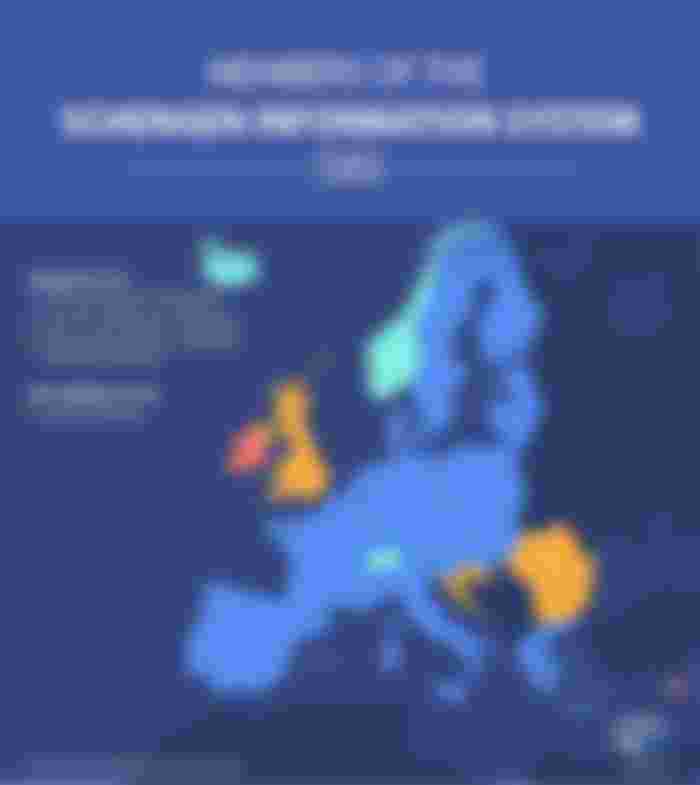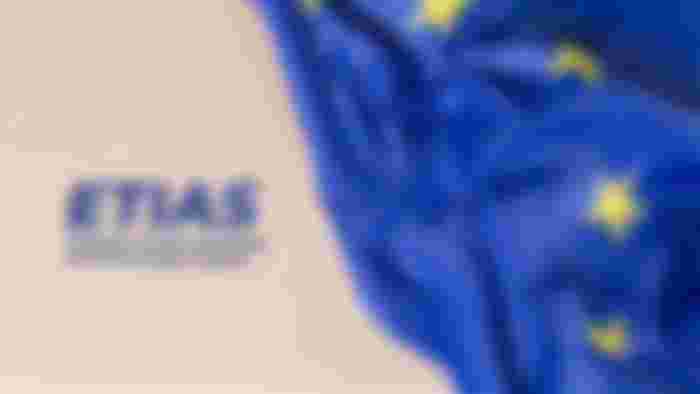ETIAS (European Travel Information System)
ETIAS is an electronic authorization, rather than a visa, that travellers can use to enter certain countries in Europe. It is designed to be simple and easy to use. Travellers from the U.S. will also have to register for the system. As a result, you'll have to have a strong Internet connection to sign up.
ETIAS is an electronic authorization rather than a visa
If you're travelling to Europe without a visa, you may want to consider applying for an ETIAS visa waiver. The process is relatively simple and usually takes less than four weeks. When you apply, you'll fill out a series of questions about your health, personal information, and security. After you've completed the form, you'll receive an ETIAS electronic document. You'll then need to present this document when you arrive in the Schengen Area.
Applying for an ETIAS is easy, and you can obtain your permit in less than 10 minutes. The process is similar to applying for a visa, but ETIAS is more flexible. Most applications are processed automatically, so you can receive an immediate decision. Once you have your authorization, you can enter any of the member states of the EU within 90 days.
It will be simple to use
ETIAS is a new immigration system that will help strengthen controls at Europe's external borders, as well as internal security. Starting in 2023, ETIAS will be used by thirty million people a year. It will also help improve the visa liberalization process. The system is expected to make the process much more efficient and convenient for travellers.

The system will require travellers to obtain a travel authorisation before they can enter any of the EU countries. The list will include citizens from certain countries, such as the Czech Republic, Denmark, Estonia, Finland, France, Germany, Greece, Ireland, Latvia, Malta, Monaco, and Turkey. More countries are expected to join after the launch.
It will be easy to register
Registering for ETIAS Europe is a simple process that will take just a few minutes. It does not require a lot of documents, but you will need to ensure that your passport is valid enough. It should be valid for at least six months. Also, it should have a machine-readable biometric page.
In addition to completing the form, you will also be asked some questions about your health and safety. This is particularly important because people with criminal records will not be able to get an ETIAS certificate. If you've committed a serious crime, such as terrorism, you will be prevented from entering the Schengen area.
ETIAS is designed to make the Schengen area safer by collecting information on visa-free visitors. If you're planning to visit one of the member states in the Schengen area, you'll need to register for ETIAS before you travel. This new system will make it easy to register and will improve security.
It will require U.S. travelers to register
Currently, the ETIAS system has not been launched, but plans are in the works to make it operational in 2021. The registration process is similar to the one used by the ESTA system, and a digital form is filled out with basic information and a questionnaire. It is expected that U.S. travellers will be required to register for this system before they can begin travelling to Europe.
Starting in November 2023, citizens of the United States will need to register for ETIAS in order to enter almost half of the European Union. This pre-travel registration process is not a hassle and will allow travellers to focus on making the most of their trip.

It will be mandatory for travellers coming from countries that have visa liberalization with Schengen
The Schengen Area is made up of 22 countries. Citizens of these countries do not need a visa to visit the rest of the EU. They can travel freely between Schengen countries, engaging in both business and tourism activities. However, recent security concerns have prompted the EU to improve its border management and implement new security measures. The EU has consistently declared its goal of ensuring that travel within its borders is more secure.
The Schengen Zone is a compact area covering twenty-two EU member countries, four non-EU nations, and three micro-states in Europe. This zone includes the Netherlands, Belgium, Czech Republic, Denmark, and San Marino. It is expected that these countries will soon add Romania, Bulgaria, and Croatia to the list of nations where traveler registration is mandatory.

